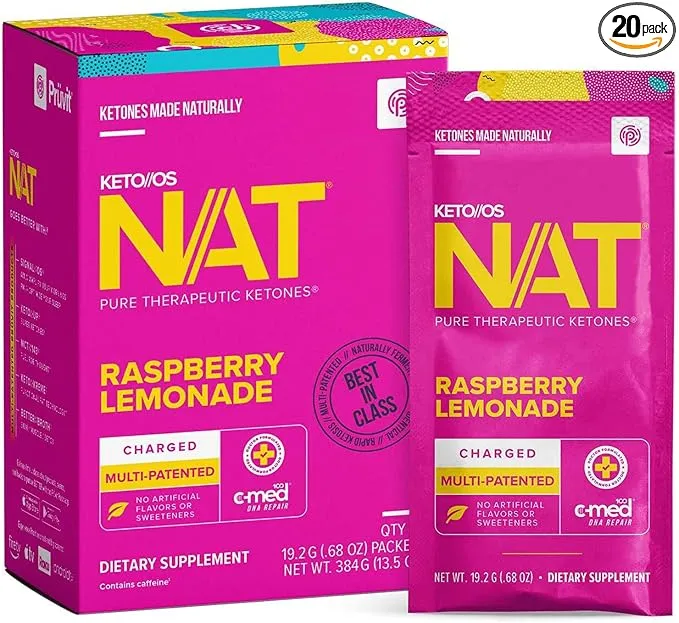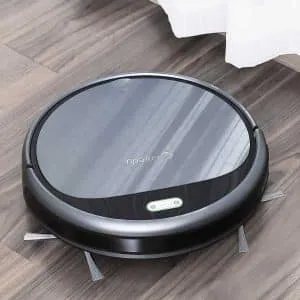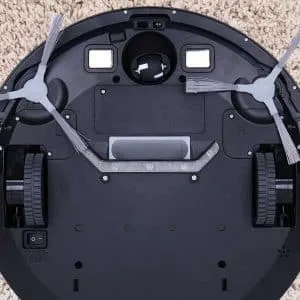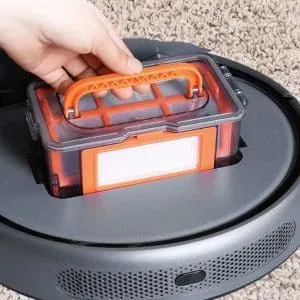Coredy R300 Robot Vacuum Review
A relative newcomer to the market, Coredy’s robot vacuum cleaners tend to focus on providing value for money rather than high-end features. In this review, I’ll take a look at their most entry-level robot vacuum, the R300, which claims to offer a no-frills experience with a sub-£200 price tag to match.
Table Of Contents
Quick Summary:
The Coredy R300 is a very basic, although reliable, robot vacuum that is best suited towards hardwood and low pile carpets due to the lack of a roller brush. It is capable of picking up the majority of light dirt to save you from getting the upright vacuum out as frequently but doesn’t perform well for deep cleaning ability.
However, it is very limited in terms of features beyond a basic clean. For example, you cannot set no-go zones in your home and the small 300ml dustbin will need emptying after every clean for a medium-large size home.
I’d recommend considering an upgrade to the Coredy R650 which has a better cleaning performance, larger dust bin capacity, and comes with boundary tape for setting no-go zones.
If smart home integration is important, you could go a step further with the Coredy R750 which can be controlled using an app or with your voice thanks to Alexa and Google Home support.
R300 Specifications
[table id=16 /]

Pros/Cons:
Here is a summary of the pros and cons of the Coredy R300:
Excellent price point for a robot vacuum
Able to pick up light dirt from your floor
Good coverage of larger rooms for a random path vacuum
Low maintenance as there is no roller brush
Cannot set any no-go areas
No Wi-Fi or app control
Small bin capacity of 300ml
Uses inhale motor instead of a roller brush which isn’t effective on most carpets
Full Review
The Coredy R300 is their most entry-level robot vacuum that comes in at a mind-blowingly low price point. The vacuum is a low-frills device, with a limited feature set outside of a basic clean. In this review, I’ll run through all the things it can and can’t do, how it navigates your home, cleaning performance, and maintenance.

What’s Included?
Included with your device will be:
- Coredy R300 robot vacuum cleaner
- 4 Side brushes
- Spare high-efficiency filter
- Remote control (with batteries included)
- Cleaning brush
- Charging dock with power adapter
Features Overview
The R300 is the typical shape of most robot vacuum cleaners and at 7.1cm tall it’s good at fitting under low furniture.
With a 2600mAh battery capacity, the vacuum has a run time of 110 minutes which is adequate for most homes. There’s no recharge and resume technology so it cannot return to the same cycle when it runs out of battery.
The R300 is controlled via an included IR remote controller which also comes with the required batteries. With the remote, you can change the settings and create a schedule so that the vacuum can clean at times to suit you.
There’s no Wi-Fi, so the vacuum cannot be controlled via an app. This means it does not integrate with Alexa or other smart home ecosystems either.
Navigation
The R300 uses a very basic random path navigation method that bounces around your home until it’d algorithm predicts that it has covered most of the floor space. It then finishes off with the edges. When it comes to larger rooms, coverage is quite good, however, it does often miss spots in smaller rooms.
Unfortunately, you cannot set any boundaries with the R300 as you can with Coredy’s other robot vacuum cleaners. This means that the vacuum will go everywhere in your home. Sometimes this can be problematic with robot vacuum cleaners, especially if there are parts of your home where the robot frequently gets stuck such as under low furniture or high thresholds between rooms.
The R300 does not have any mapping technology it won’t create a floor plan or allow for room-by-room cleaning like more expensive robot vacuums.
Cleaning Performance
When it comes to cleaning performance, the R300 is best at picking up light dirt from hard floors and low pile carpet. This is because it uses an inhale motor, rather than a motorised roller brush as with the rest of Coredy’s range.

The lack of a brush means it isn’t suitable for medium or high pile carpet, this is because the bristles on a roller brush are used to disturb smaller particles and force them into the vacuum. Instead, the R300 relies on suction power alone to capture particles.
Speaking of suction power, it’s capable of a maximum of 1,400pA which puts it just above the similarly priced Eufy 11S and well above the suction found in Roomba’s basic 600-series.
The R300 has 5 basic modes:
- Auto – Standard cleaning mode that starts with the middle of the room and finishes with the edges.
- Spot Clean – Used to clean a specific area, place the vacuum where the dirt is located and activate spot mode. The vacuum will spiral out 3 feet and then back in again. This is useful if you spill or drop something that causes a mess.
- Low Suction – A low power mode with reduced suction that conserves battery life and is much quieter.
- Edge Mode – A specific mode for cleaning the edges of a room, this is quite unusual for a robot vacuum due to limited use cases.
- Single Room – A quick 30 minute clean that’s ideal for small or medium-sized rooms.
It doesn’t have a HEPA filter so dust and allergens may be released back out of the vacuum’s exhaust.
Being a lower-end vacuum, it doesn’t have the Boost Intelect technology found in Coredy’s more premium robot vacuums. This allows them to change the suction power when they move between hard floor and carpet.
Maintenance
As the R300 doesn’t have the motorised roller brush that is prone to collecting hairs, it’s a much lower maintenance device than many other robot vacuums. You will occasionally need to replace the front brushes and the filter, but these are very straightforward.

The downside to this device is that the 300ml dustbin is quite small compared to other robot vacuums, so you will need to empty it very frequently, especially if you have pets or live in a large home in which case I’d recommend looking at their R550 or R750 instead.